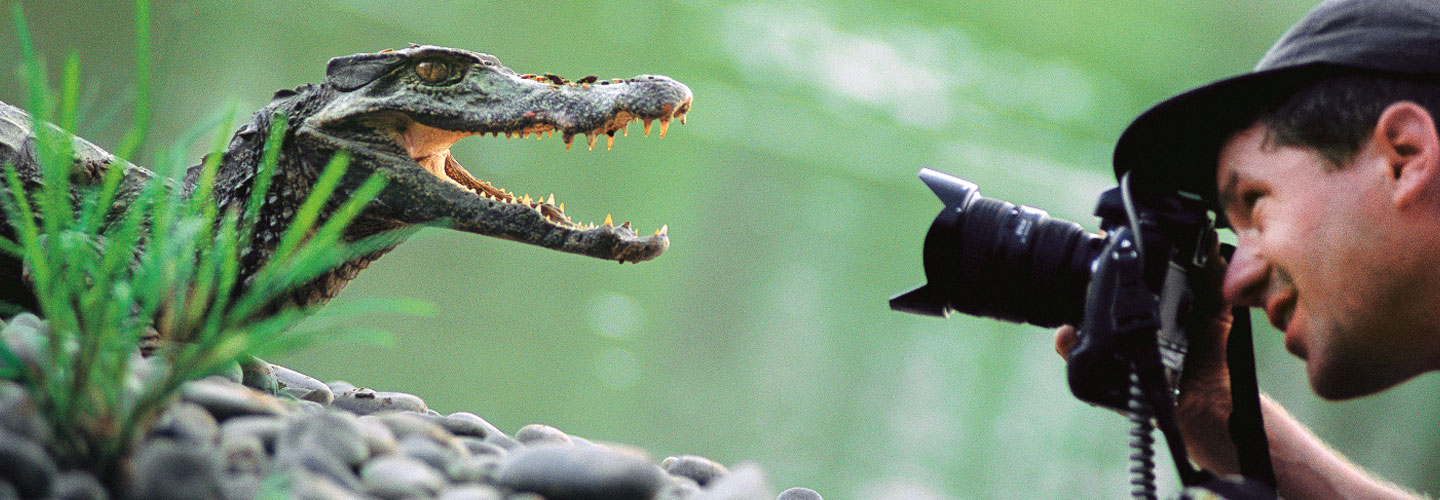Photographer Joel Sartore is on a mission. He wants to take photos of all 12,000 animal species in zoos and aquariums around the world. He travels thousands of miles to do this. He’s photographed everything from a tiny tiger beetle to an enormous elephant.
Sartore is trying to draw attention to a big problem. Worldwide, a growing number of animals are becoming endangered. That means they’re at risk of dying out. Some species have already disappeared completely. They’re now considered extinct.
Joel Sartore is a photographer. He is on a mission. He wants to take photos of all 12,000 animal species in zoos and aquariums around the world. He travels thousands of miles to do this. He’s photographed everything from a tiny tiger beetle to an enormous elephant.
Sartore is trying to draw attention to a big problem. Worldwide, a growing number of animals are becoming endangered. That means they’re at risk. They might die out. Some species have already disappeared completely. They’re now considered extinct.

